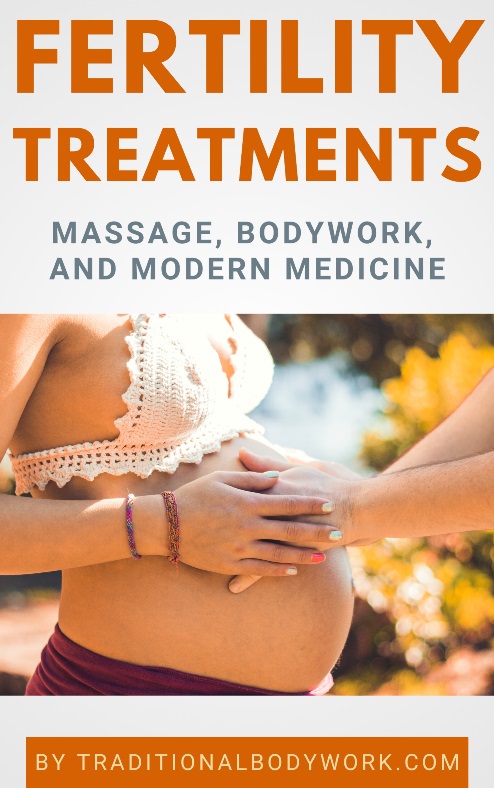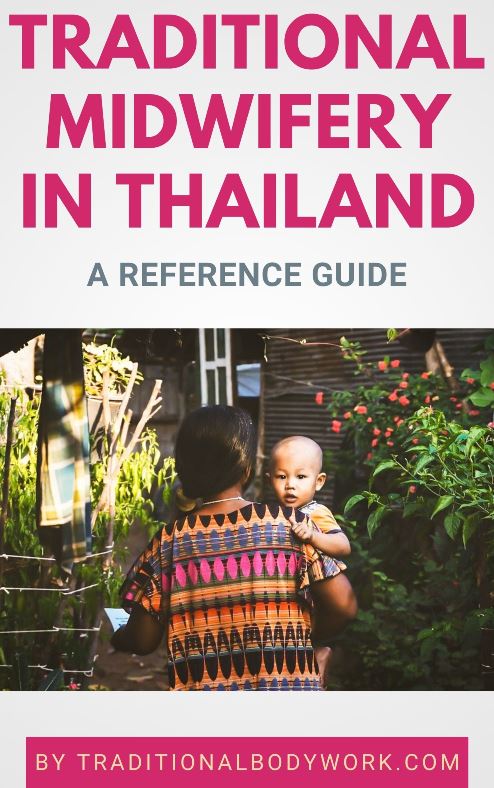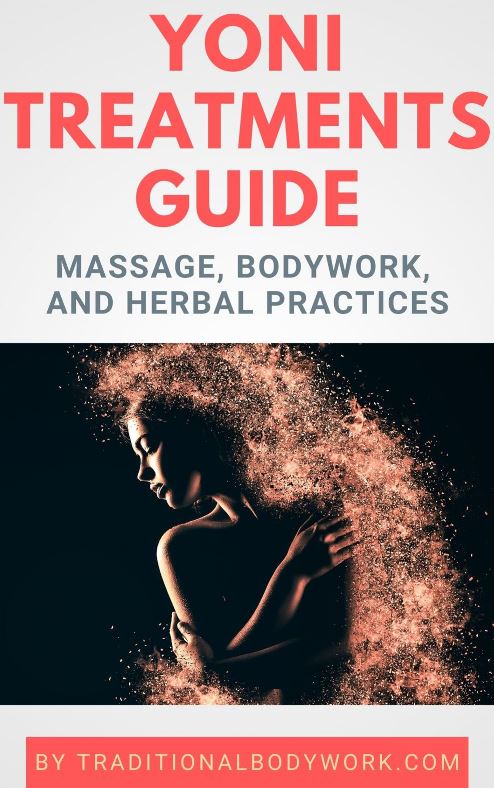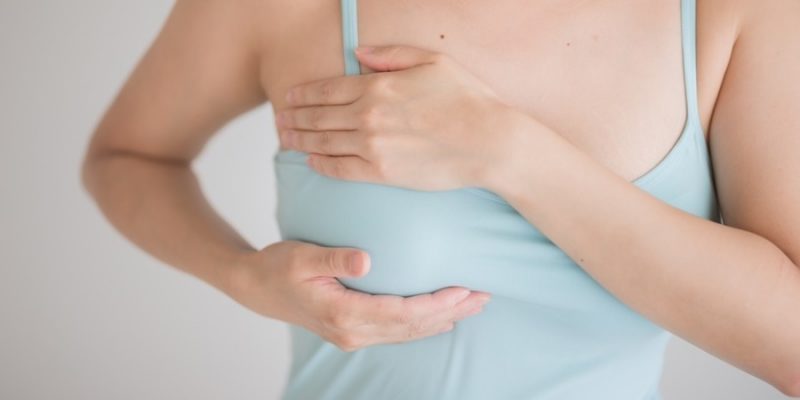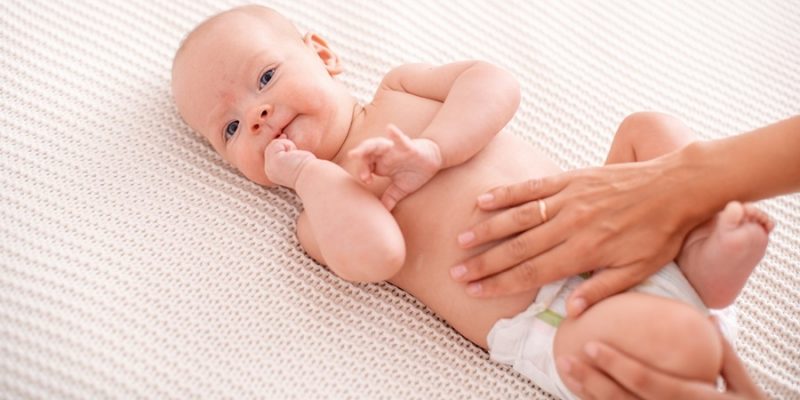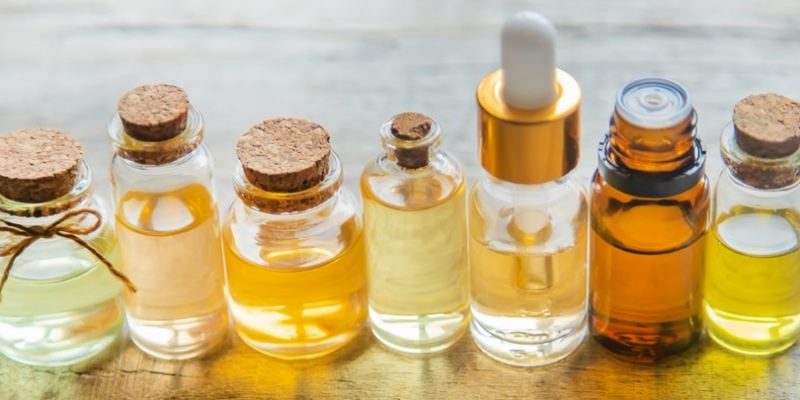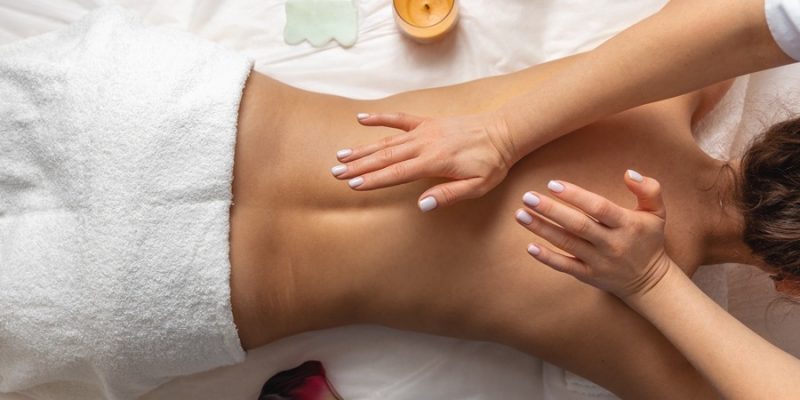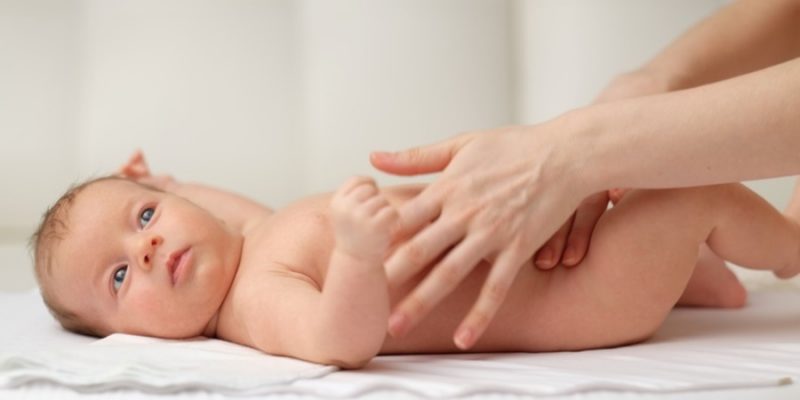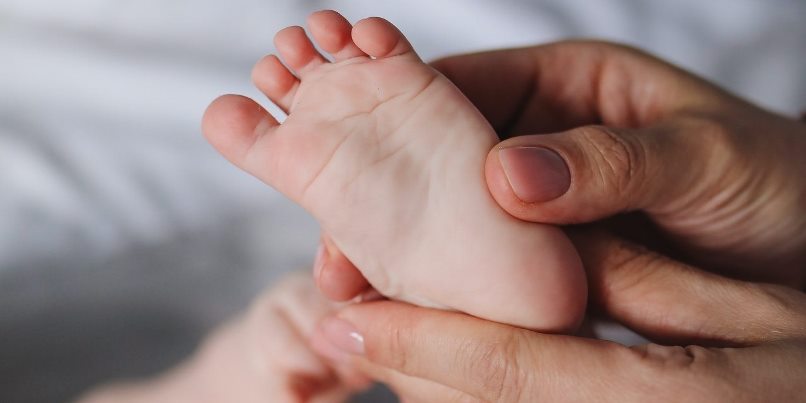
Baby, infant and pediatric massages are found around the world in many countries and in many traditional medicine systems. Notably in Asia, Africa, and in the Pacific region massages for babies are a very common practice, but in past decades they have become an increasingly popular activity in the West also.
Introduction
Massage for young children is considered beneficial to stimulate and strengthen the muscular, nervous, respiratory and the digestive system, and it’s thought to help prevent malformations. It can also alleviate growing pains and teething discomforts.
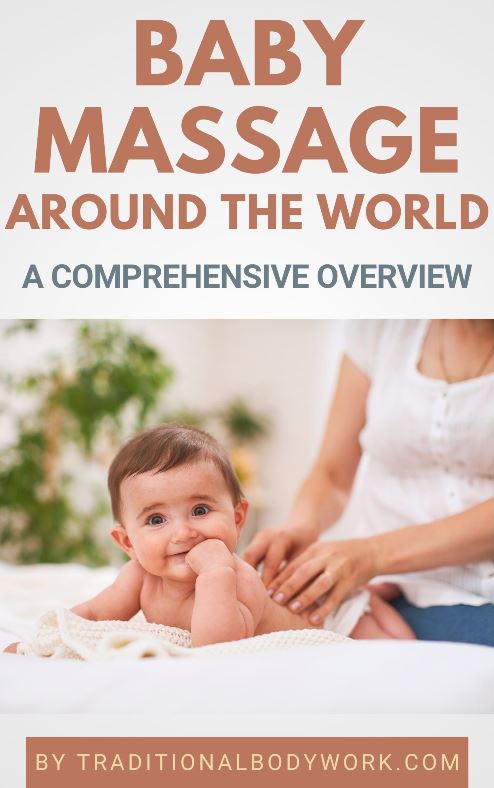
Baby and infant massages also calm the child by reducing anxiety and stress; they furthermore improve immunity and self-esteem, stimulate better sleep, relaxation, focus, and appetite, and relieve children from common ailments such as abdominal, stomach, and intestinal discomforts, colic, fever, or excessive crying.
In general, one could say that baby massages can assist in a healthy development of the child’s body, mind, emotions and spirit.
For parents, massaging their baby is pleasant to learn, because the gentle, caring and warm touch strengthens the bond between parents and child, in addition to the beneficial emotional and psychological effects for the baby.
Baby Massage Sessions
Generally, baby and infant massages use relaxing, soothing, or nutritious oils and creams, which are applied gently without much pressure or deep stretches. During the treatment, the baby typically lies on the floor on a blanket or mat, or on the legs of the (sitting) parent, although a treatment can also be given on a massage table.
Baby and Infant massages are usually given daily, but as young children and babies often have less ability to concentrate or focus for a longer period, massage session times tend to be much shorter than those for teens or adults. Typically, a treatment session takes between five and twenty minutes, depending on the age of the infant.
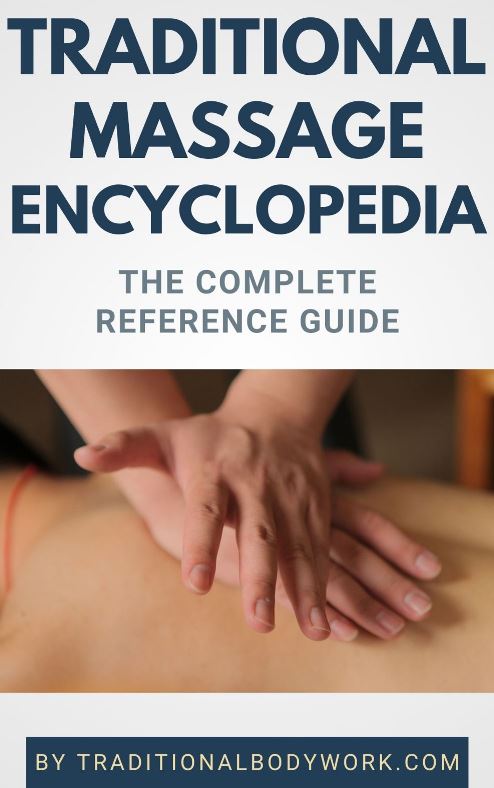
Traditionally — in line with a country’s dominant traditional medicine system — a massage for young children is an adaption of existing massage modalities, such as Thai Massage, Chinese Tuina Massage, Ayurvedic Abhyanga Massage, or Indonesian Massage, just to give some examples.
In each particular country, these adapted traditional massage modalities have been given specific names, such as Xiao Er Tuina Massage (China), Navjat Shishu Abhyanga (India), Warabe-uta (Japan), or Urut Bayi (Malaysia), among others.
Today however, you will find an increasing number of Infant and Baby Massage programs not explicitly related to traditional massage modalities. Examples of such programs can be found at, for instance, the International Association of Infant Massage or Infant Massage USA.
Summary of Baby Massage Benefits
- Promotes parent-infant bonding;
- Helps the baby to feel safe, cared for, and loved;
- Calms and relaxes the baby;
- Stimulates the baby’s immune, circulatory, nervous and digestive system;
- Reduces colic, spasms, cramps, abdominal pains, and gas;
- The use of oils may promote weight gain, and better skin and hair quality;
- Promotes better sleep patterns for the baby;
- Reduces anxiety and emotional stress of the baby;
- Stimulates better appetite;
- Increases the frequency of breastfeeding;
- Alleviates or cures respiratory disorders;
- Improves the baby’s sensory and motor skills;
- Relieves discomforts of teething;
- Reduces excessive crying.

